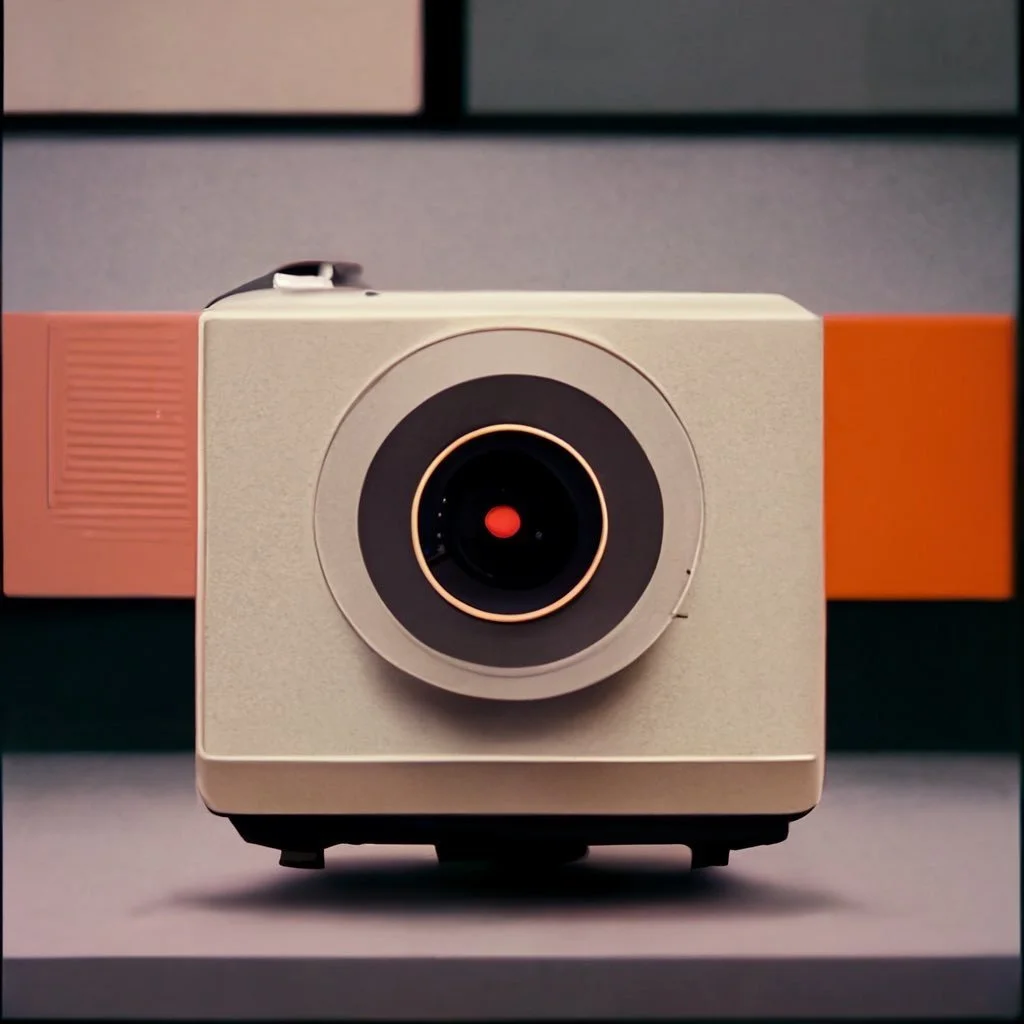Turning Upheaval Into Strategy: How Designers & Builders Can Stay Ahead
By Guest Writer Bo Barkley of Method + Model Revenue Consulting
Smart moves, creative thinking, and the little adjustments that make a big difference
Let’s be honest: the past few years have been a bit of a rollercoaster for anyone in design or construction. Between trade tariffs and a global pandemic that basically turned supply chains upside down, sourcing high-end furnishings has become a creative challenge, to say the least.
Tariffs may have been the first domino to fall, but COVID-19 and global logistics issues kept the momentum going. Materials went missing. Lead times got weird. Prices climbed. But here’s the bright side: all of this has pushed us to be smarter, more resourceful, and more intentional than ever before.
And that’s a very good thing.
If you're an interior designer, architect, or builder looking to shield your clients from chaos—and maybe even stand out in the process—here are five practical ways to turn trade drama into design wins.
1. Start Early: Build Relationships & Lock In Specs
This one’s simple, but powerful: involve your vendors early.
Chat with vendors during concept development, not just after everything’s been finalized.
Ask what’s stable, what’s in stock, and what’s trending toward trouble.
Lock in key specs early, especially if they involve imported components or custom work.
Look for items with flexible sourcing options—or better yet, strong domestic supply chains.
When vendors feel like partners (not just order-fillers), they’ll go the extra mile to help you avoid headaches. Bonus: you’ll also be first in line for alternatives or solutions when issues do pop up.
2. Keep Clients in the Loop—Without Freaking Them Out
You don’t need to turn your client meetings into an econ lecture, but you do want your clients to feel informed and protected.
Be clear about how tariffs, supply issues, or freight delays could affect their project.
Present solutions with confidence: “We have a beautiful option that ships faster and avoids signimarkup.”
Reframe hiccups as part of your proactive process—not a sign of trouble.
Clients love knowing you’re already three steps ahead. It builds trust, and it makes them feel like they’re in good hands—because they are.
3. Get Nerdy with Materials (In the Best Way)
The designers who are thriving right now? They’re the ones with a deep bench of material knowledge.
Explore domestic options that have stepped up their game in recent years.
Stay curious—ask reps what’s moving fast, what’s tariff-resistant, and what’s a hidden gem.
Don’t be afraid to pivot to something new if it fits your aesthetic and timeline.
The more flexible and informed you are, the more design freedom you actually gain. That’s the sweet spot.
4. Flexibility Is Luxury—and Your Secret Weapon
Here’s the truth: adaptability is now one of the most valuable things you can offer your clients. And when you handle changes with ease and style, you instantly set yourself apart.
Treat flexibility like a design feature, not a fallback.
Present changes with intention—make clients feel like this was always the better choice.
Stay calm, stay creative, and keep the momentum going.
The designers who are cool under pressure, quick with solutions, and always thinking ahead? They’re the ones who clients remember—and recommend.
Final Thought: It’s All About Relationships
Here’s the real secret: solid, long-term relationships will carry you through anything—tariffs, delays, curveballs, all of it.
When you’ve got trusted vendors on speed dial, reps who shoot you straight, and a team that’s ready to brainstorm instead of blame—you’re unstoppable.
Tariffs might mess with shipping lanes, but they can’t touch the power of good people working together. So talk early, stay flexible, and lean into those partnerships. That’s how you keep delivering incredible work—even when the world is a little upside down.


